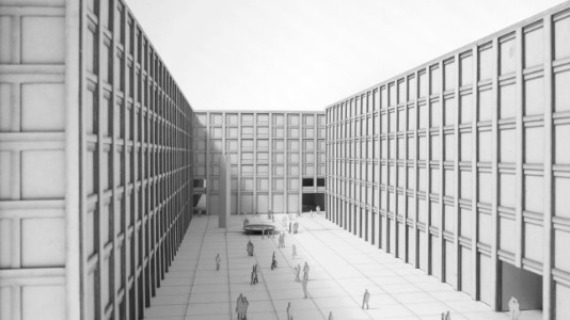The City and the Housing

The City and the Housing concern essential, even existential areas of our everyday living environment: the public sphere of the city as a complex, socio-economic form of organization and the private sphere of housing as the most primal and primary human need. In purely quantitative terms, housing dominates the city: residential buildings form the "body" of our cities. The two areas are therefore not linked by chance: they are mutually dependent in a fundamental way. Cities will change radically in the immediate future under the conditions of the "energy turnaround" and altered climatic conditions. This will be a turning point, especially for European cities that have evolved over time: it may no longer be possible to design cities exclusively according to traditional spatial criteria, but they will increasingly have to be subjected to a "metabolist" logic. These circumstances naturally also affect housing. Added to this are sociological factors: around 70 percent of Europe's housing stock dates from the post-war period and was built according to the ideals of the petit bourgeois family. This fact in no way reflects current and future lifestyles, which makes research into new forms of housing, floor plans and building typologies indispensable.
